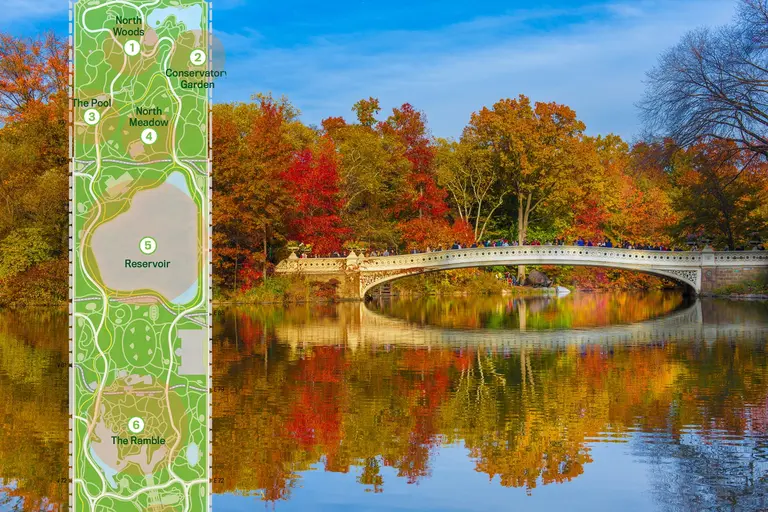This map of NYC’s subway distorts geography to give commuters more realistic arrival times
Find out more

Photo © Daxiao Productions – Fotolio
Complimentary Netflix, reduced security deposits, amenity memberships, and best of all, free rent–there’s no shortage of concessions in the NYC rental market, but with landlords offering twice the amount of deals as last year, it’s hard to pinpoint where the best bargains are. Which is why CityRealty has put together a city-wide interactive map of leasing […]

Density of population and infrastructure in the projected 2050 floodplain. Image: RPA.

Central Park in Autumn, photo via Anthony Quintano on Flickr









Maps via The Guardian

Images: Esri Taxi Cab Terrain map

Sketch of 59th Street-Columbus Circle via Candy Chan

Image: Library of Congress
 Know of something cool happening in New York? Let us know:
Know of something cool happening in New York? Let us know:

Map via archipornguide.com

Map of U.S. with population of each state and of cities of 50,000+(Printers’ Ink Publishing Co., Inc., Chart by Walter P. Burns and Associates, Inc., New York City)